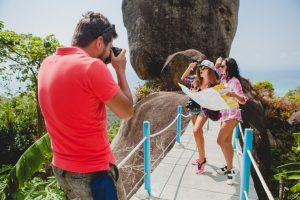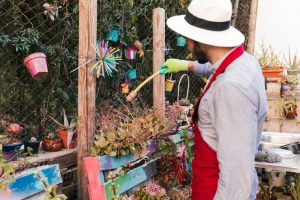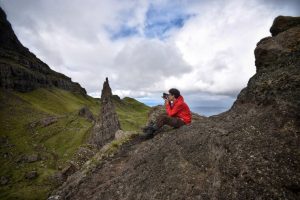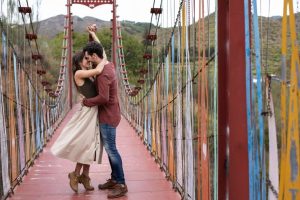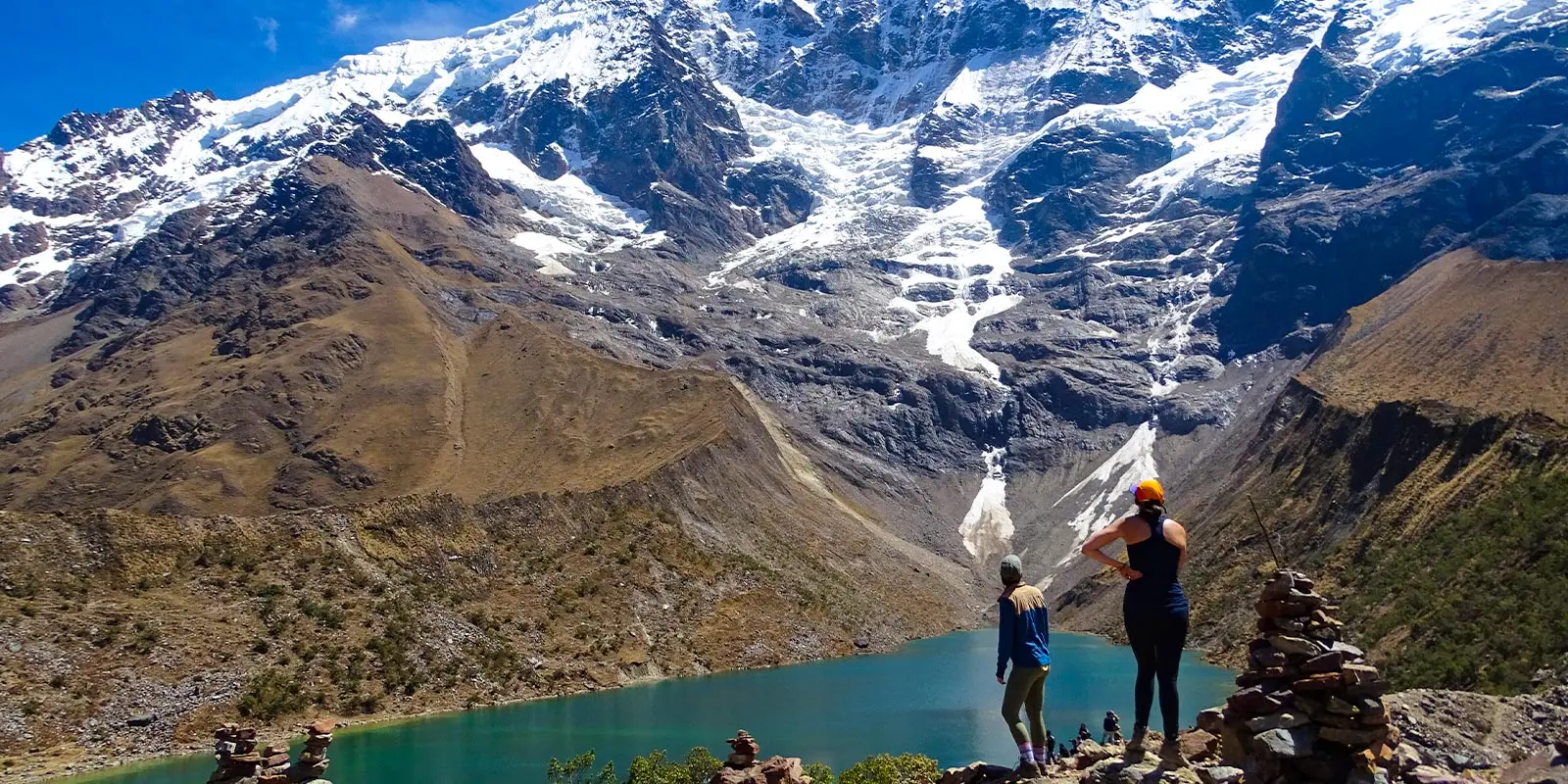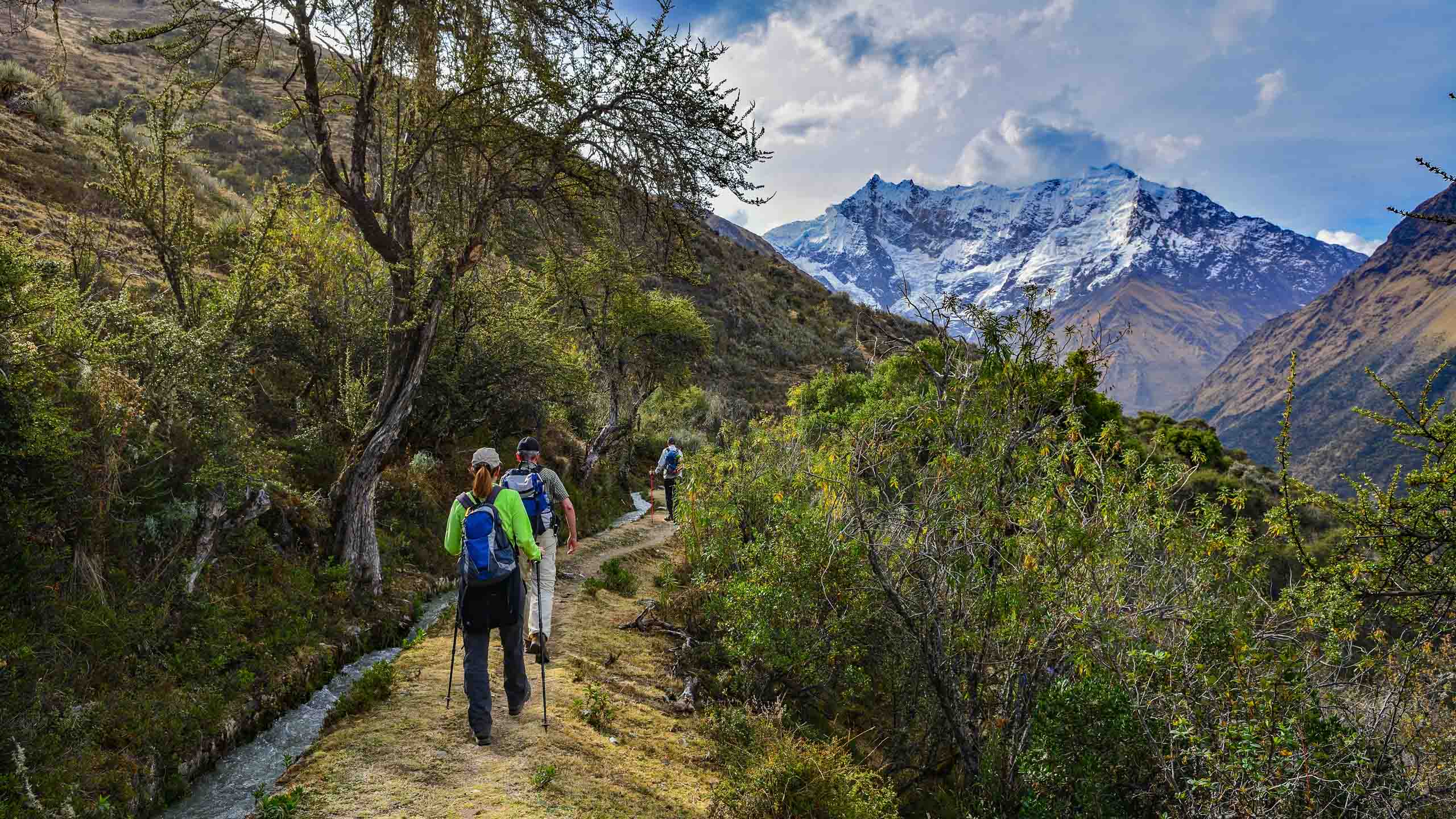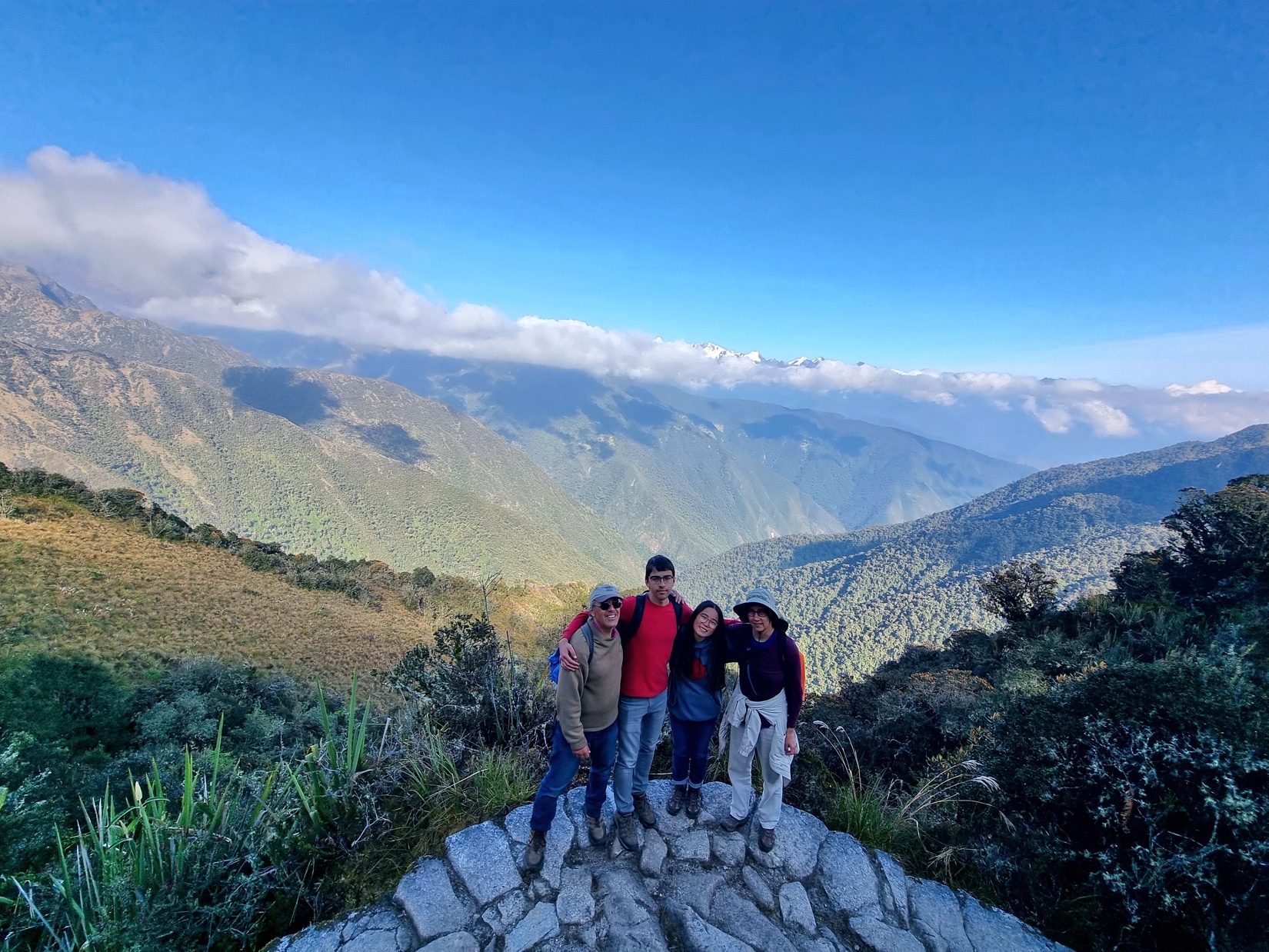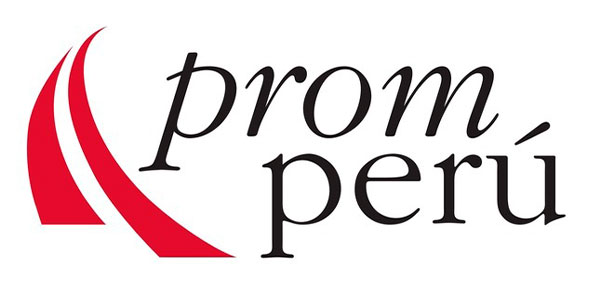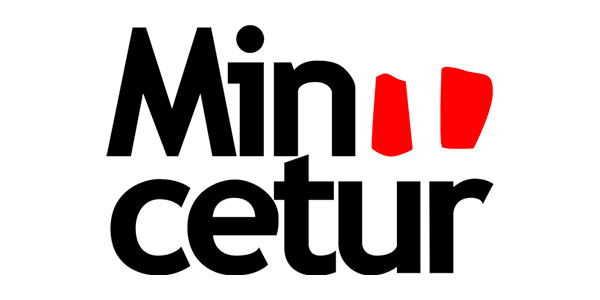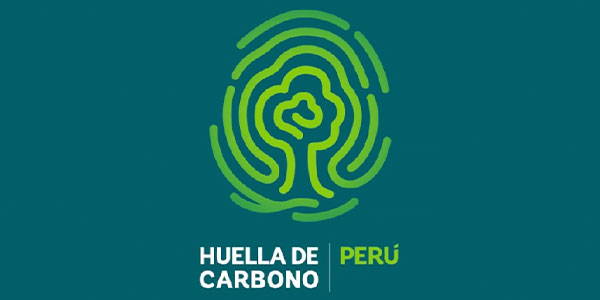For good reason, the Inca Trail is the most desirable and busiest hike to Machu Picchu. You’ll get to see various impressive Incan ruins along the trail. Have the unique opportunity to enter Machu Picchu through the Sun Gate or Int Punku! If you can’t, or don’t want to hike one of the multi-day Inca Trail hikes, the short Inca trail is a great option. On the short Inca trail, you still get to see the best parts of the Classic Inca Trail. To help you better decide if this is the right hike for you, here were going to cover all of the Highlights of the short Inca Trail.
Start the hike at the km 104 trailhead and see multiple different ruins along the way. The first ruin you’ll come to is the site of Chachabamba. A ceremonial site dedicated to the worship of water. Chachabamba has many baths and water channels. The next site of interest is a peaceful waterfall where you’ll have the chance to relax. Also it is a great time to have a snack, and wade in the small pool. After the waterfall come to the most impressive ruin of the entire Inca trail, Wiñay Wayna.
There are many different theories surrounding Wiña Wayna. A popular theory argues it was an agricultural production center supplying Cusco and the surrounding region with produce. The next destination is the famous Sun Gate or Inti Punku. This was considered the main entry to Machu Picchu during the Inca Empire. Enter Machu Picchu and get to enjoy the views from the Guard House which is where all the classic pictures are taken.
Why hike the short Inca Trail?
Hiking the short Inca trail offers a few unique opportunities. Not everyone has the time or is in the proper physical condition to complete the classic multi-day Inca trail. This is where the short version comes in. On the short Inca Trail, hike only the last section of the Inca trail where most of the main attractions are located. The short Inca Trail is a great compromise. If you have to save time but still want to hike the trail and enter Machu Picchu through the Sun Gate.
***PLEASE NOTE: Often times the classic Inca Trail will sell out but, there is usually availability for the short Inca Trail.
Highlights of the Short Inca Trail
There are 5 main attractions on the Short Inca Trail however the entire way you’ll be immersed in pristine nature and surrounded by the impressive Andes Mountains. Make sure to take your time when you arrive at each of the main attractions. Ask your guide all the questions you can think of as the history of this region is rich and complex.
Chachabamba
The first place of interest on the Short Inca Trail is Chachabamba. A ruin complex not far from the km 104 trailhead. The true purpose of Chachabamba is still a mystery. Archeologists have theorized various different functions. One of the most well know theories is that the site was a place of water worship because of the many canals baths and various water features present. It’s thought that Chachabamba was a rest point for pilgrims on their way to Machu Picchu. Here they could relax and cleanse they’re bodies before entering the Sacred Citadel of Machu Picchu.
Chachabamba is in a strategic location and is a great vantage point to monitor travelers on the Inca trail. There have been some relatively recent discoveries in Chachabamba and in the surrounding jungle. In 2021 drones equipped with laser scanning instruments detected a series of stone water channels. Also, 2 patios and 14 baths all covered by dense Jungle vegetation.
The structures were built in the classic Imperial Inca architectural style made of interlocking stone blocks using no mortar. The roofs were most likely constructed from Ichu, a wild straw widely used in the Incan empire in various applications. Situated in a fertile valley between mountains Chachabamba offers great views of the landscape below. Chachabamba is a mysterious ruin with secrets yet to be uncovered and discoveries to be made.
Waterfall
Just before reaching Wiñay Wayna you’ll come to a small waterfall feeding a tranquil pool of water below. This is a great time to rest, wash up a bit, and maybe go for a quick dip. Make sure to take lots of photos to remember the moment. Have a snack a quick drink of water and get ready for the next part of the hike.
Wiñay Wayna
Wiñay Wayna means forever young in Quechua and is named after the orchid of the same name which is found in abundance in the area. The site is the most impressive ruin on the Inca trail. Built in the late 15th century the exact origins are still unknown. It’s been theorized Wiñay Wayna was built under the authority of Pachacutec. Most likely Wiñay Wayna had multiple purposes and served many functions. Based on the many terraces and archeological artefacts found, it’s likely the site served as a major agricultural production and storage site for the empire. Its location being so close to Machu Picchu could have meant it served as a final resting point before completing the last leg of the journey.
There are around 20 structures in the site ranging from dwellings, storage shacks, to fountains and baths displaying the Incas urban engineering and planning. Be sure to ask you guide about the history of these ruins.
***INTERESTING FACT: According to Inca legend a beautiful woman by the name of Wiñay Wayna was turned into an orchid by the gods in order to preserve her beauty.
Sun Gate
The main entry to Machu Picchu during the Inca Empire the Sun Gate was most likely guarded by Inca elite soldiers effectively regulating who was entering and exiting the Incan Citadel. Arguably the most famous part of the Inca Trail, the Sun Gate, or “Inti Punku” in Quechua, is located at the end of the Inca Trail just before Machu Picchu. Here you will get your first views of the Incan Citadel which are absolutely breathtaking. The sight of Machu Pichu from this vantage point is something you will never forget and one of the best most spectacular views in the world.
Guard House
Located in the complex of Machu Picchu, the Guard House served as a lookout point surveying the two entrances. The first was the Classic Inca trail Sun Gate entrance, and the entrance from the Vilcabamba trail. If the Sun Gate is the most famous part of the Inca Trail the Guard House is the most famous part of Machu Picchu. This is where all the classic Machu Picchu pictures are taken. Make sure to get all the pictures you can this may be a once in a lifetime experience.
Constructed in Classic Imperial Inca style, the guard house is a three walled structure with a thatched roof. The strategic location of the Guard House made it possible for Inca soldiers to keep an eye on the Citadel and lookout from potential invaders arriving through one of the two entrances. The structure itself is not particularly impressive especially when compared to some of the other structures in the complex. However, the views of Machu Picchu are absolutely unbeatable. The Guard house really is a must see when visiting Machu Picchu.
Flora and Fauna
Generally, because of the amount of people on the trail it’s rare to spot some of the bigger animals while hiking the trail. There are however quite a few different types of birds and a ton of different species of flora. Take your time to appreciate the amazing beings while on the trail. If you’re lucky you may even spot the vibrant red bird the Cock-of-the-Rock or the illusive Spectacle Bear.
Flora
- Orchids: An Andean flower with vibrant colors and patterns with a wide variety of species found all around the cloud forest region of the Andes.
- Queñual: A tall shrub reaching 20 meters there are 14 different species of queñual in Peru. You can spot this shrub on the first day of the Inca trail
- Schinus Mole: A medium sized shrub reaching 8 meters said to have healing properties this shrub is the most cultivated in the Andes
- Puya: A large slow growing plant with a giant tower like flower, this plant can take 150 years to flower
Fauna
- Cock of the rock: Vibrant red bird commonly found in jungle regions. Peruvian national bird
- Spectacle Bear: Also called Andean Bear an elusive creature with distinctive facial markings
- Puma: referred to as mountain lion and many other names the puma is native to all the mountainous regions in the continent
- Andean Condor: One of the most sacred animals in Incan theology this bird is believed to take the spirits of the Inca into the spirit realm upon death

